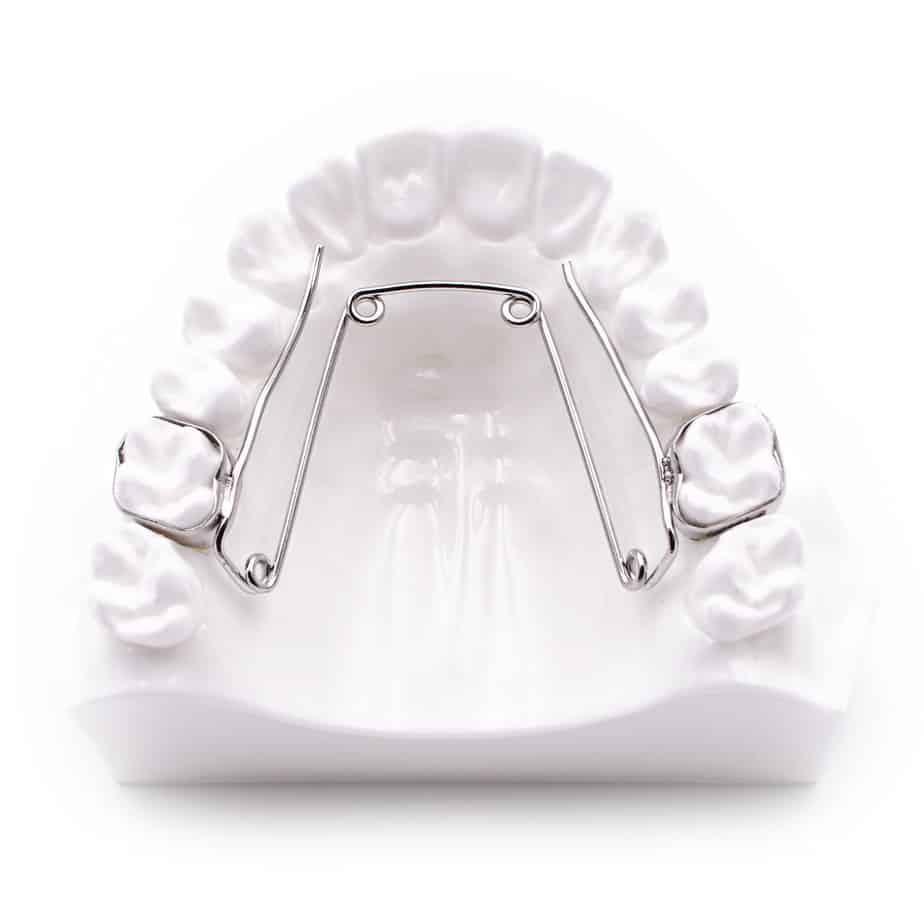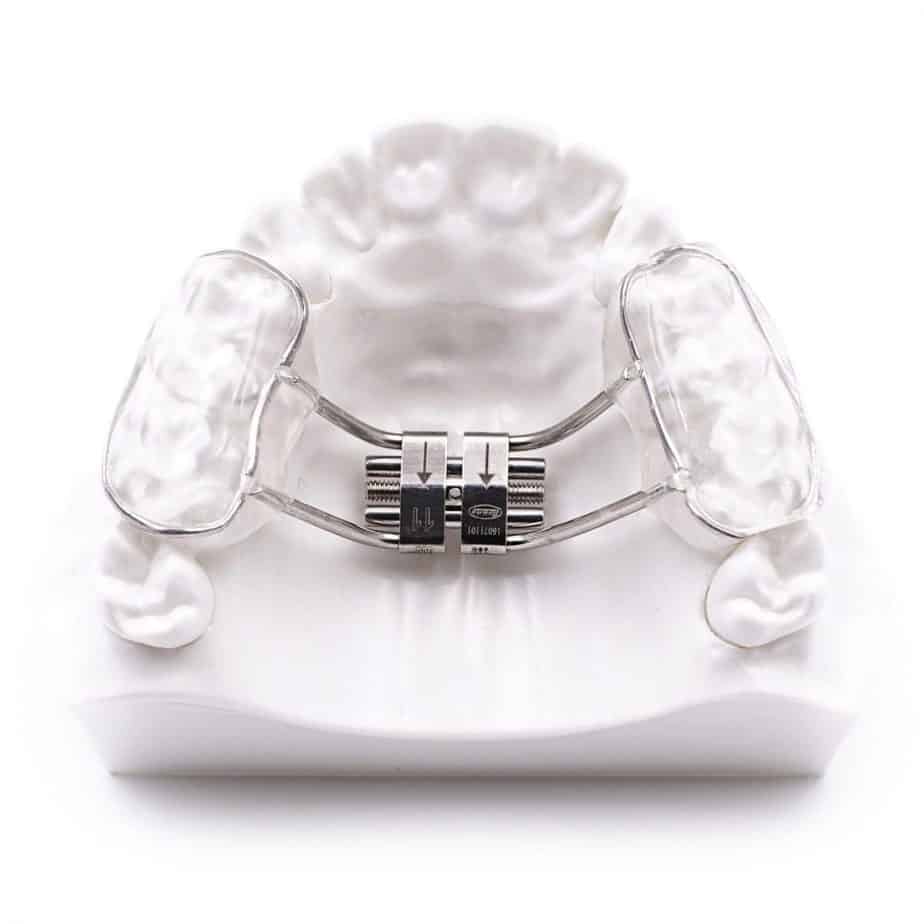What is the Purpose of a Palatal Expander?


Long Beach, CA – A palatal expander is an appliance commonly used in orthodontic treatment. Its purpose is exactly what its name implies – it works to expand the palate. But how does it work and when might it be needed?
Let’s first take a look at what a palatal expander is and how it works.
Palatal expanders are placed in the upper palate of a patient’s mouth as a non-invasive way to widen the upper jaw in order to make space for the permanent teeth, and to match the lower jaw. The upper jaw develops as two separate bones that don’t fuse together until right around puberty, so palatal expanders are a great option for younger patients who haven’t completed their growth (see this post for the benefits of seeing an orthodontist at a young age).
Every palatal expander is custom made for the individual patient. It is designed to fit over the upper first molars at the back of the mouth. There are several different types of expanders, but the two most commonly used ones are the quad helix expander and the rapid palatal expander (RPE).
The quad helix expander has 4 springs (helices) which are activated when the appliance is placed and slowly expand the maxilla over time. The slow expansion is great because it allows for increased comfort in our younger patients whose palatal bones have not yet fused.
The rapid palatal expander, on the other hand, is best used when a little more pressure is needed to open the palatal suture. It has a screw mechanism which activates the expander to widen the arch. A special key is inserted into the screw and turned. Each turn of the key helps the upper jaw expand so that it can align properly with the lower jaw.
Once the desired expansion has been reached, the appliance remains in place to allow for new bone to develop in the gap. This stabilizes the expansion, allowing it to become permanent. Typically, expanders are left in place anywhere from 3 to 6 months after expansion is complete.
Patients will feel some pressure or soreness the day after the expander is placed, as well as whenever the key is turned for the RPE. However, this goes away quickly, and many patients acclimate to the expander within the first few days to a week.
Your child may also find speaking and eating a bit different in the first few days after having the expander placed. This is because the tongue has to adjust to having the appliance in place. It’s also normal to find that the front teeth have developed a small gap. This means the appliance is working! This gap will be corrected as treatment continues, oftentimes with some braces on the front teeth.
Palatal expanders can be used for different reasons in different patients. Some common reasons why children may need expanders include:
- Severe overcrowding
- Crossbites
- Impacted teeth
- Airway constriction
- Mouth breathing
Expanding the upper jaw has many benefits. Not only does it create a more aesthetically pleasing smile, but it can also ensure your child doesn’t require extractions of healthy permanent teeth and can even improve breathing by increasing the airway.
The best way to determine if your child is an ideal candidate for palatal expansion is through a consultation with a certified orthodontist. A well-trained orthodontist will not only have the skills to treat your child, but she will also have the knowledge to accurately diagnose your child’s issues and know the correct path to creating a beautiful, lasting smile. Call HD Orthodontics today at 562-283-6590 for your free consultation.



